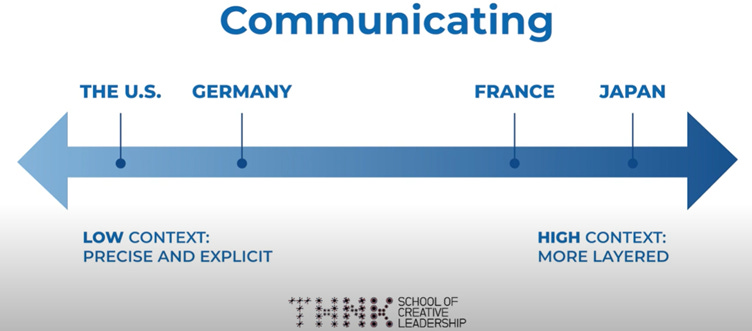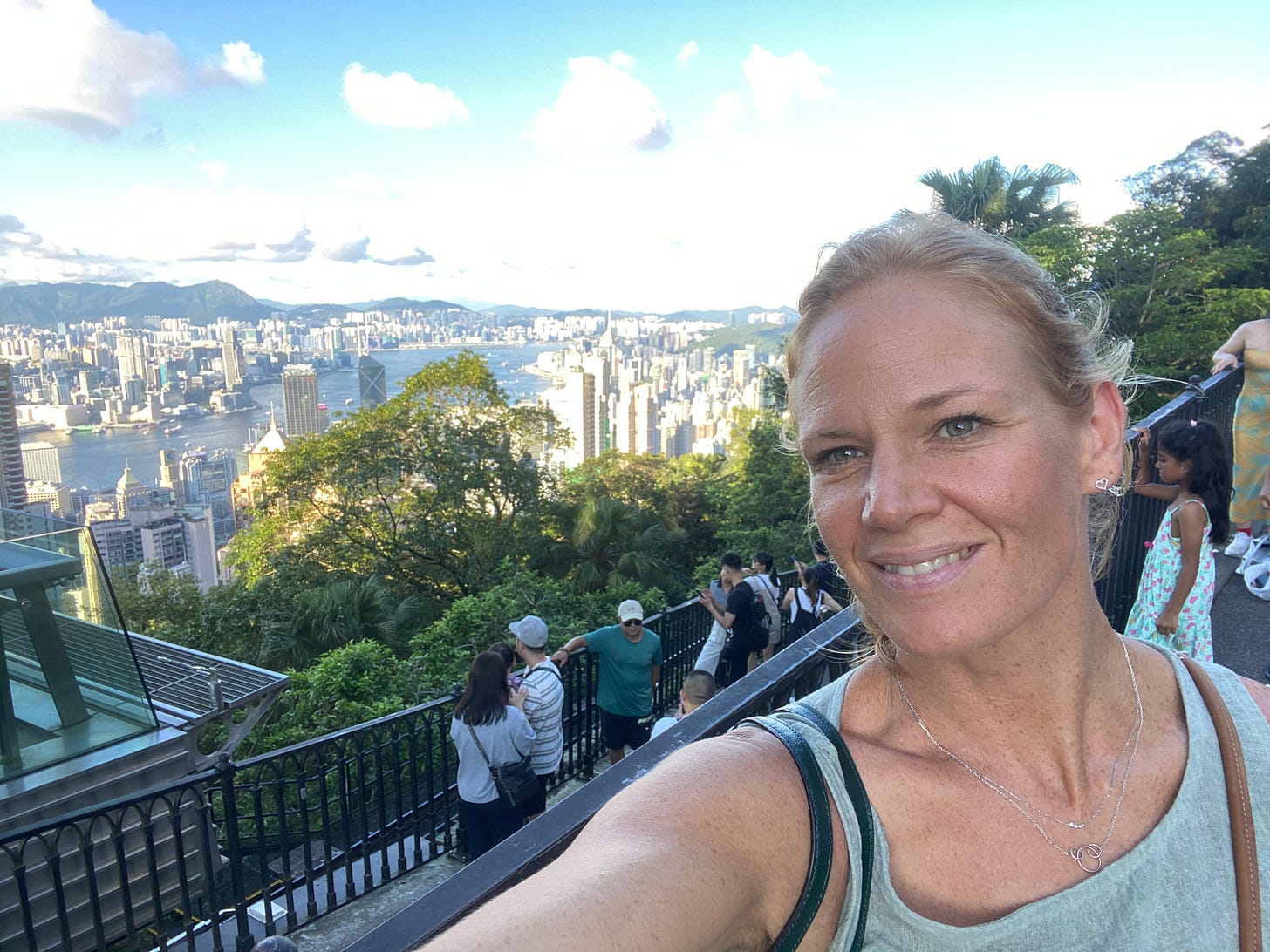I’ve recently returned from Hong Kong where I ran some group communication workshops, and various experiences both in and out of the office reminded of Erin Meyer’s book The Culture Map: Breaking Through the Invisible Boundaries of Global Business .

Erin’s work focuses on how people in different cultures lead, work, communicate and get things done: how some cultures are direct, clear and simple in their communication and some require you to “read the air” in order to understand what’s going on.
When I first came across Erin’s work a few years ago, I was fascinated by the insights and accuracy with what I had experienced working with different cultures and in a global organisation.
Erin’s research demonstrates how in low context societies or environments, communication is precise, simple, clear and explicit – often repeated or recapped to ensure understanding. In high context societies or environments, there’s a large base of assumed knowledge and shared context, and communication is more layered, nuanced and abstract. Expecting people to “read the air” and understand subliminal messages is perfectly normal in these societies, which can pave the way for challenging cross-cultural communication situations.
Image taken from Erin Meyer’s work on the Culture Map
I remember when I first moved to Greece to play water polo some 18 years ago, I was shocked at how direct they were with some topics (“Larissa, you gained kilos while you were back in Australia” was considered a perfectly normal and acceptable comment!), and how it often felt like they were shouting at me, when in reality they were just talking directly and in line with their cultural norm. I had to temper my new-found directness when I returned to Australian office life!
Can the Culture Map help you communicate with more impact?
I’m certainly no expert on this work, but I’ve found it helpful to consider the cultural layers when crafting communication or presentations for different audiences.
This four-minute video features Erin explaining communication within high context and low context societies, while this one (also 4 minutes) explains the Culture Map more broadly, and how it applies to different aspect of business leadership and communication like feedback, confrontation and decision making.
It’s a quick and easy introduction to an important concept. It’s also relevant within cultures, as environmental and organisational nuance (or leadership preference) can often be a proxy for micro-cultures.
I managed to briefly escape the office to see a bit of Hong Kong before flying home… what a city!
I’d love to hear your thoughts about this concept in the comments!
A beautiful story about connection
My regular readers know how passionate I am about the power of connection: every time we communicate is an opportunity to enhance connection with our audience.
This piece by Samara Bay on her Substack How to Show Up is such a great reminder of this power: it tells the story of a pilot breaking the norm and speaking to his passengers in an unconventional way. Connecting with them as people. Give it a read!
As always, I would love to hear any thoughts you have.
Thank you for being here,
Larissa





I love this LW, so many good reasons to be culturally curious when doing business beyond borders.